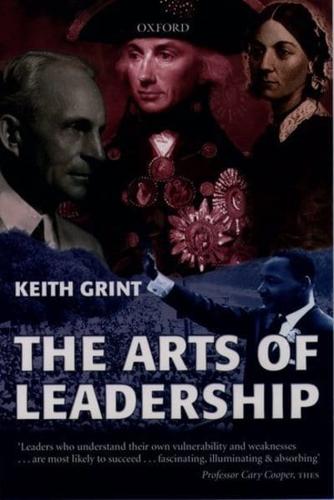Publisher's Synopsis
Leadership is still much discussed, studied, and sought after, even though we now live in supposedly more democratic times with flatter organizations and empowered employees. But how can we best understand leadership? Are leaders born or made? Do they have particular traits or are we all potential leaders? Do the requirements for leadership change over time or are there timeless patterns? Do traditional approaches help us to pick and develop leaders or are there alternative ways that advance our understanding? In this book, Keith Grint - who has been studying and teaching leadership for over a decade - investigates the notion of leadership in a series of historical case studies and rich essay portraits of some of the most famous, and infamous, leaders (e.g. Florence Nightingale, Richard Branson, Horatio Nelson, Martin Luther King, Henry Ford, etc.). The scenarios are drawn from right across the spectrum to include business, politics, society, and the military. The first part of the book considers four sets of parallel cases where leadership appears to be a major explanation of success and failure. The second part takes the four critical issues arising from these parallel cases (identity, strategic vision, organizational tactics, and persuasive communication) and explores them in detail. One main reason we have such difficulty in explaining and enhancing leadership, Grint argues, is because we often adopt perspectives and models that obscure rather than illuminate the issues involved. The reliance upon traditional scientific analysis has not provided the anticipated advances in our understanding because leadership is more fruitfully considered as an art, or more exactly an array of arts, rather than as a science. Grint's rich and meticulously-researched profiles combine to reveal these Arts of Leadership.











